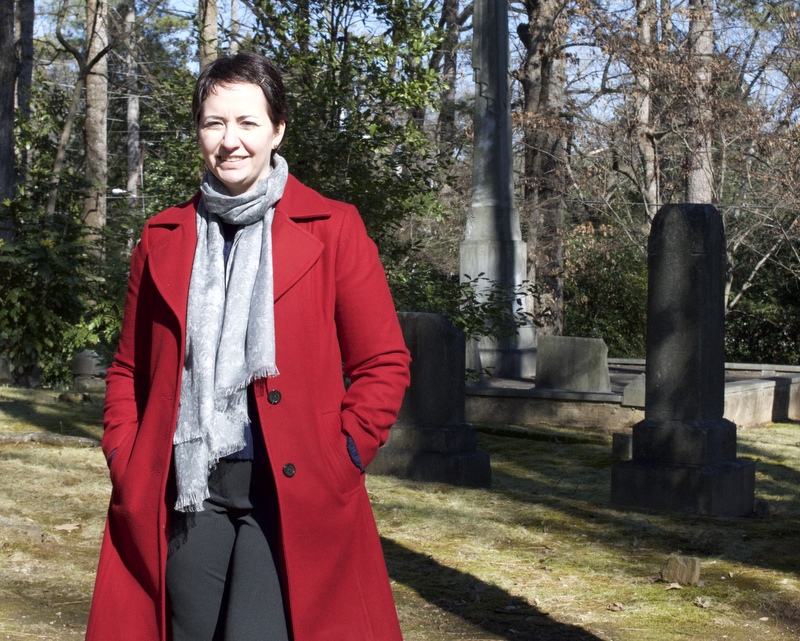Bettering Buckhead
A community in transformation
It’s never too late to improve livability. Buckhead, an affluent and well-developed Atlanta submarket, demonstrates that notable change can be made even in established areas. Green space and cultural engagement are key to the transitioning community’s success. Markets experiencing the strongest, most sustainable growth these days are those where residents can work, live, and play […]
